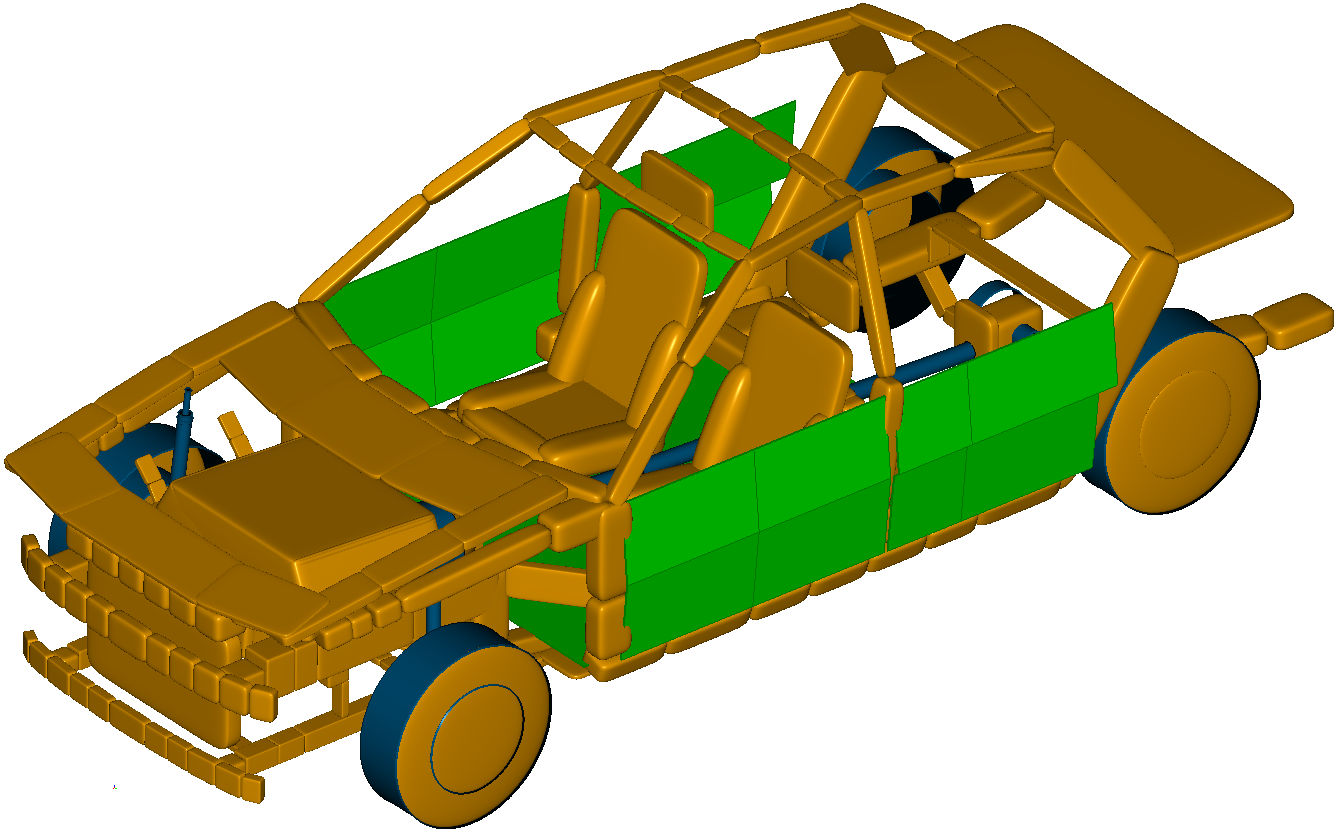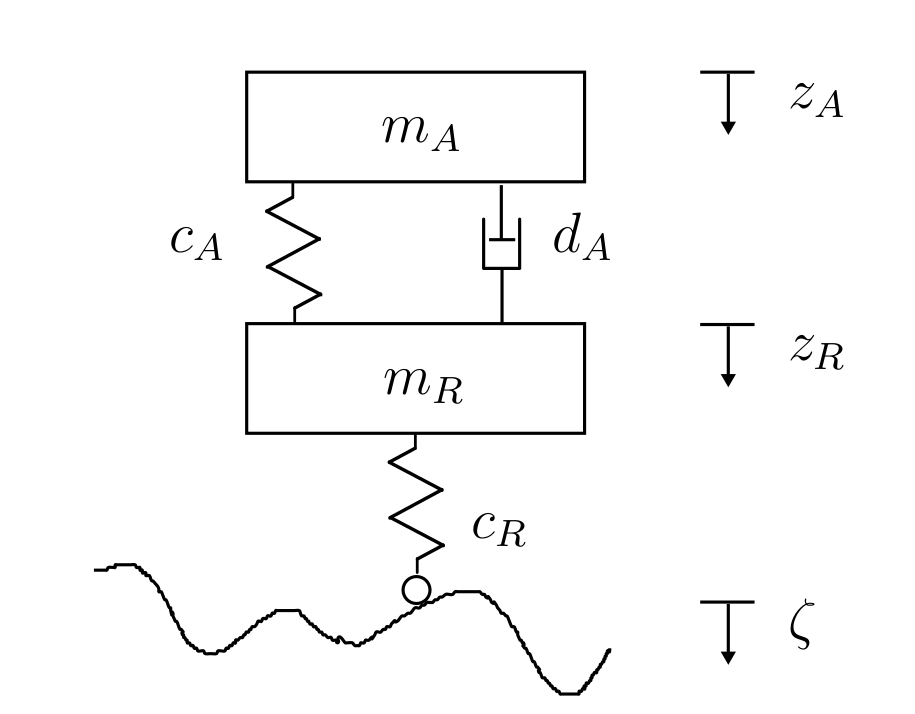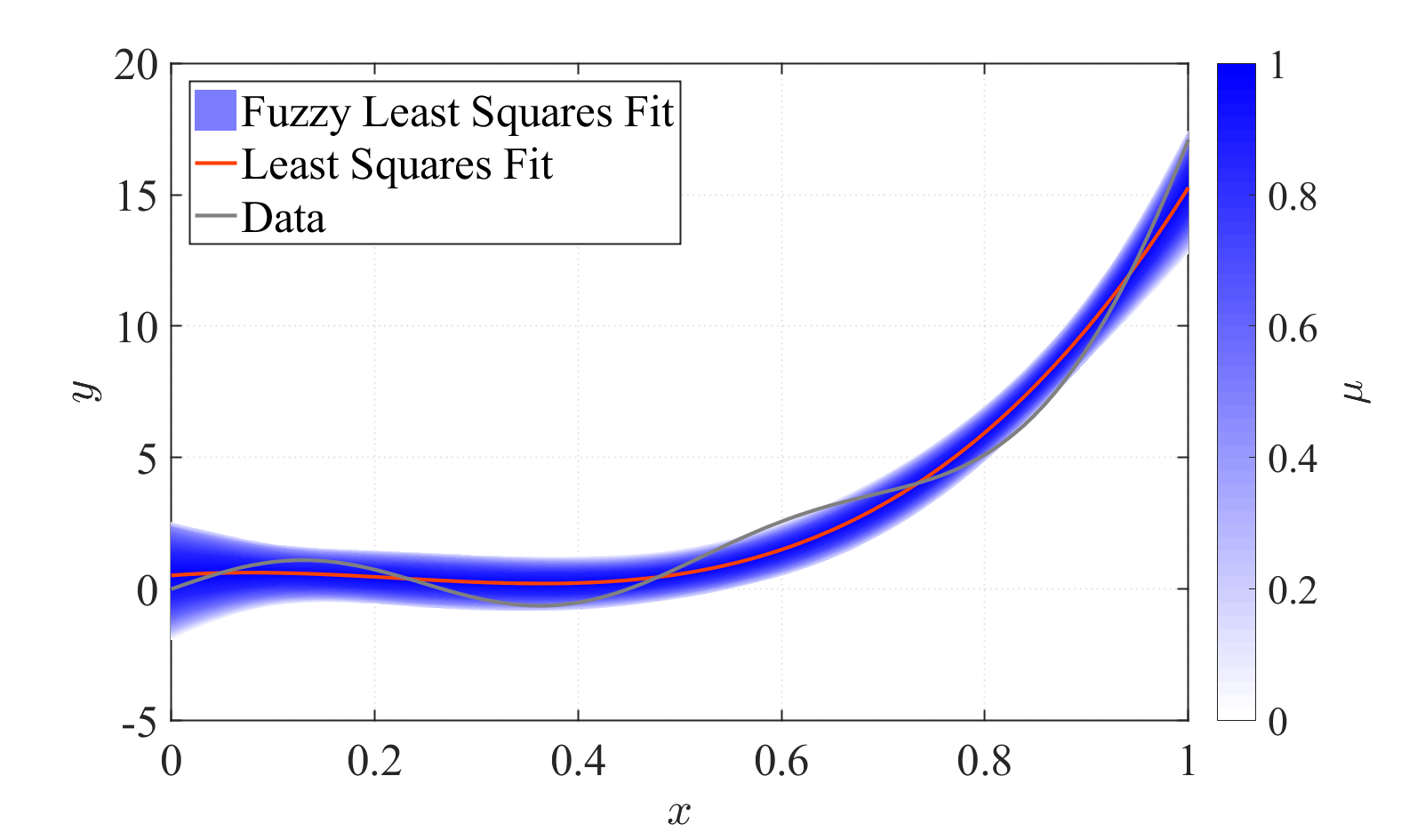 |
| ||||||||||||||||||||||||||||||||||
|
|||||||||||||||||||||||||||||||||||
Description
Today's models of physical systems are becoming increasingly complex because our knowledge of them seems to be continuously improving. Unfortunately, in many cases they only pretend to be more exact than simpler versions because calibrating them correctly can require an extensive amount of work for which time and money are often short. Especially, the high computational effort for the evaluation of these high-fidelity models can render repeated simulation runs infeasible and one often reverts back to low-fidelity models that approximately reproduce the behavior of the high-fidelity model without covering e.g. the more complex behavior, faster dynamics or low energy states of a system. Thus, the resulting models have limited applicability because they are hardly ever able to make reliable predictions. The parameters of the low-fidelity models are often identified by minimizing the squared error between the output of the high- and the low-fidelity model, which is referred to as the least-squares problem. Unfortunately, the data is often conflicting and the surrogate models are usually degenerate so that an exact fit can hardly ever be achieved. Solving this problem by introducing more parameters into the model will sometimes improve the fit, but almost always results in worse validation results. This is known as over-fitting and therefore not recommendable. However, choosing too few parameters, i.e. a more simplistic model, can result in bad fits. Finding a good compromise for the number of parameters is part of the art of building good models. This project aims at finding membership functions of fuzzy parameters in low-fidelity models that fit the data obtained by experiment, high-fidelity simulations, etc. In order to do so, the most basic requirement is to cover all the data points and at the same time avoiding an excessive fuzziness in the output domain. The resulting fuzzy-parametrized models can be used e.g. to analyze the model in question and to develop robust optimization or control strategies. In order to be able to provide robust predictions about the outcome of experiments of complex simulations, several aspects involving parameter variations and sensitivity analysis, optimization strategies, (inverse) fuzzy arithmetic, statistics, regression analysis, etc. have to be taken into account. Related PagesContact
|
| Last modified
21.2.2018 ( |


